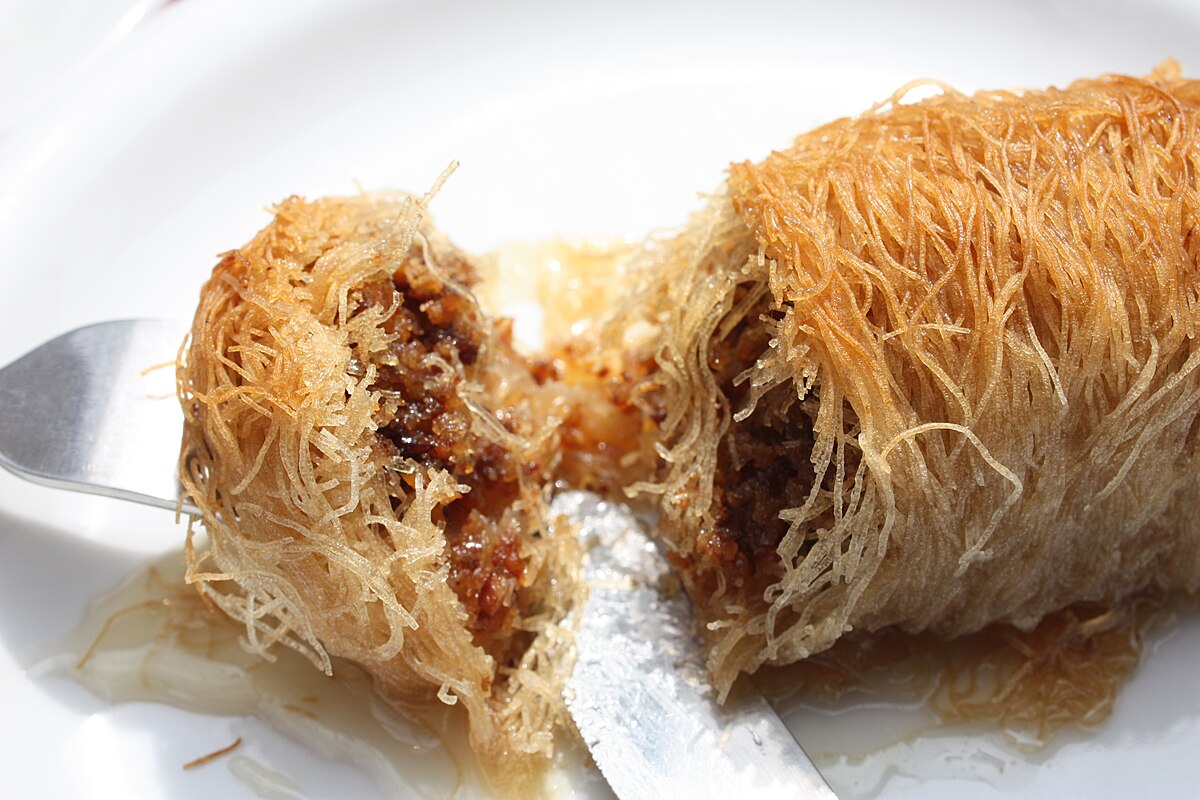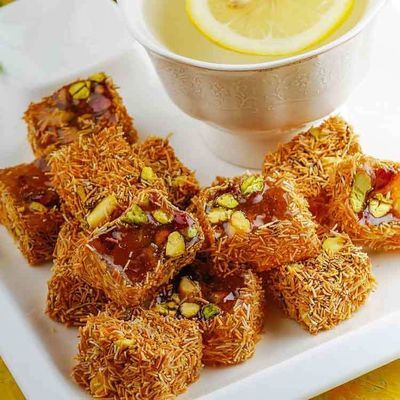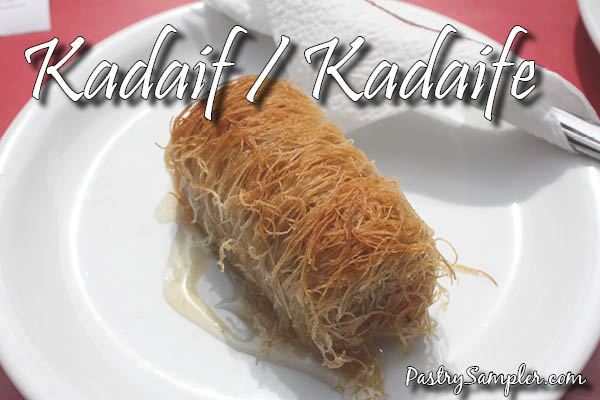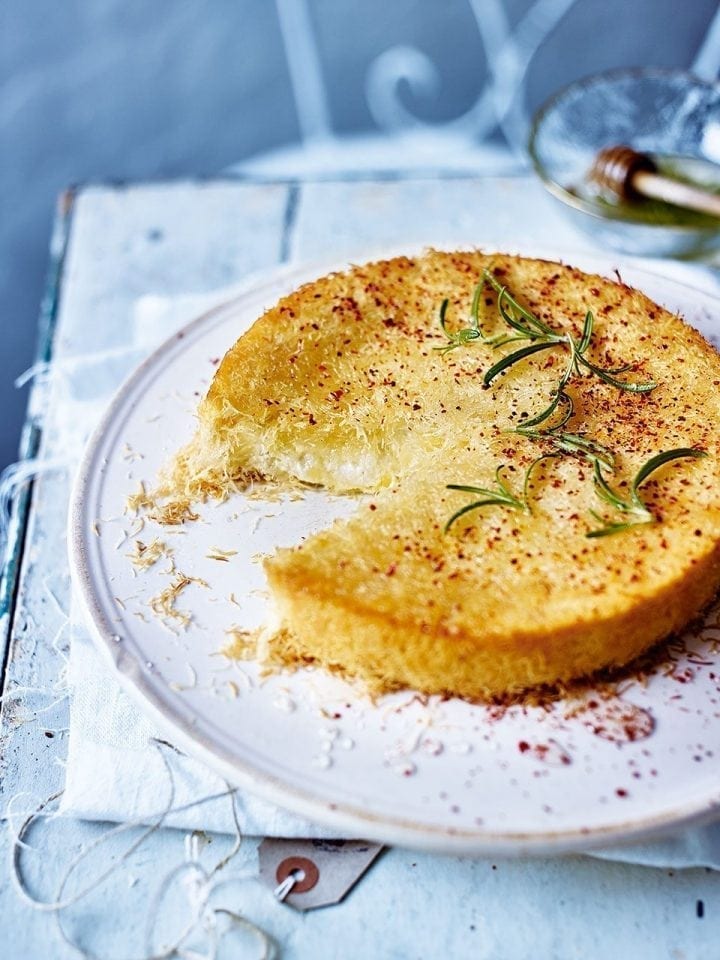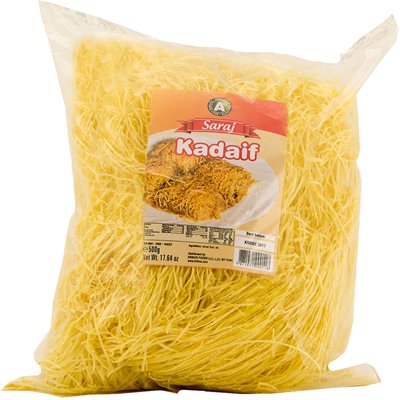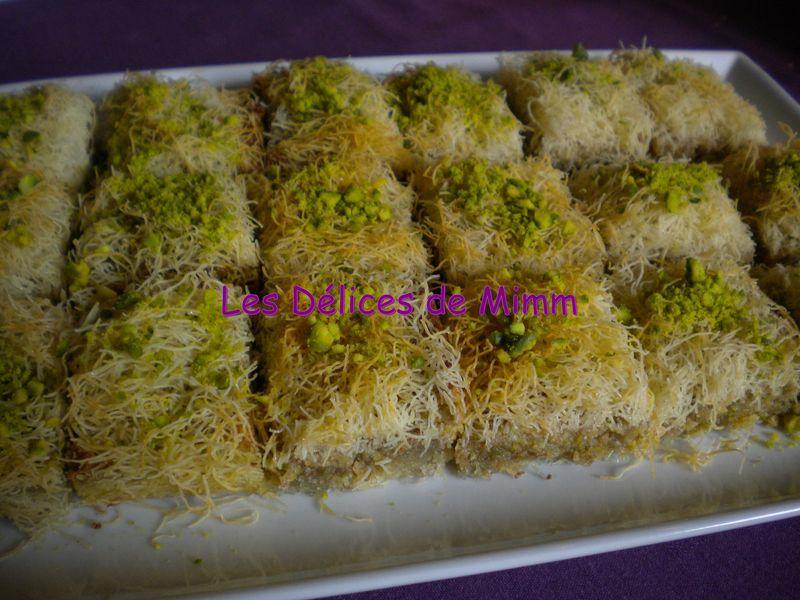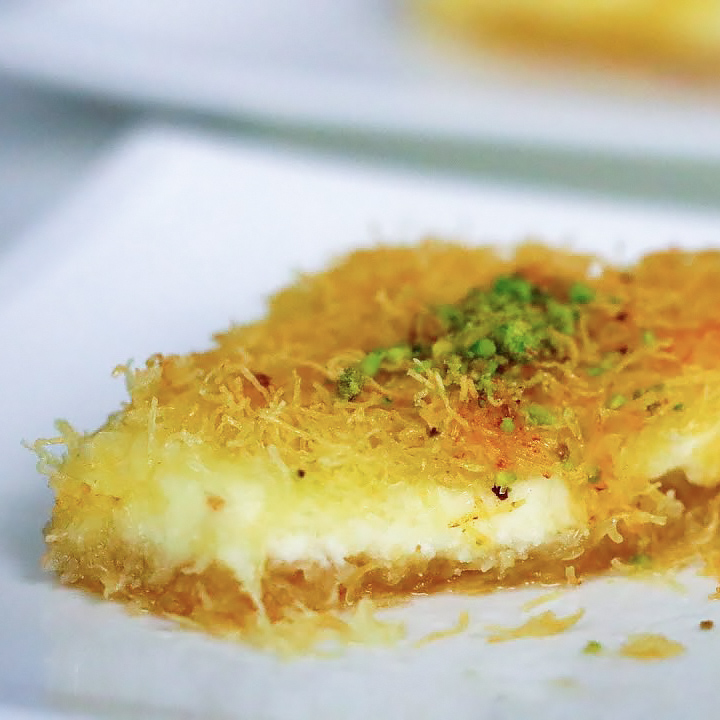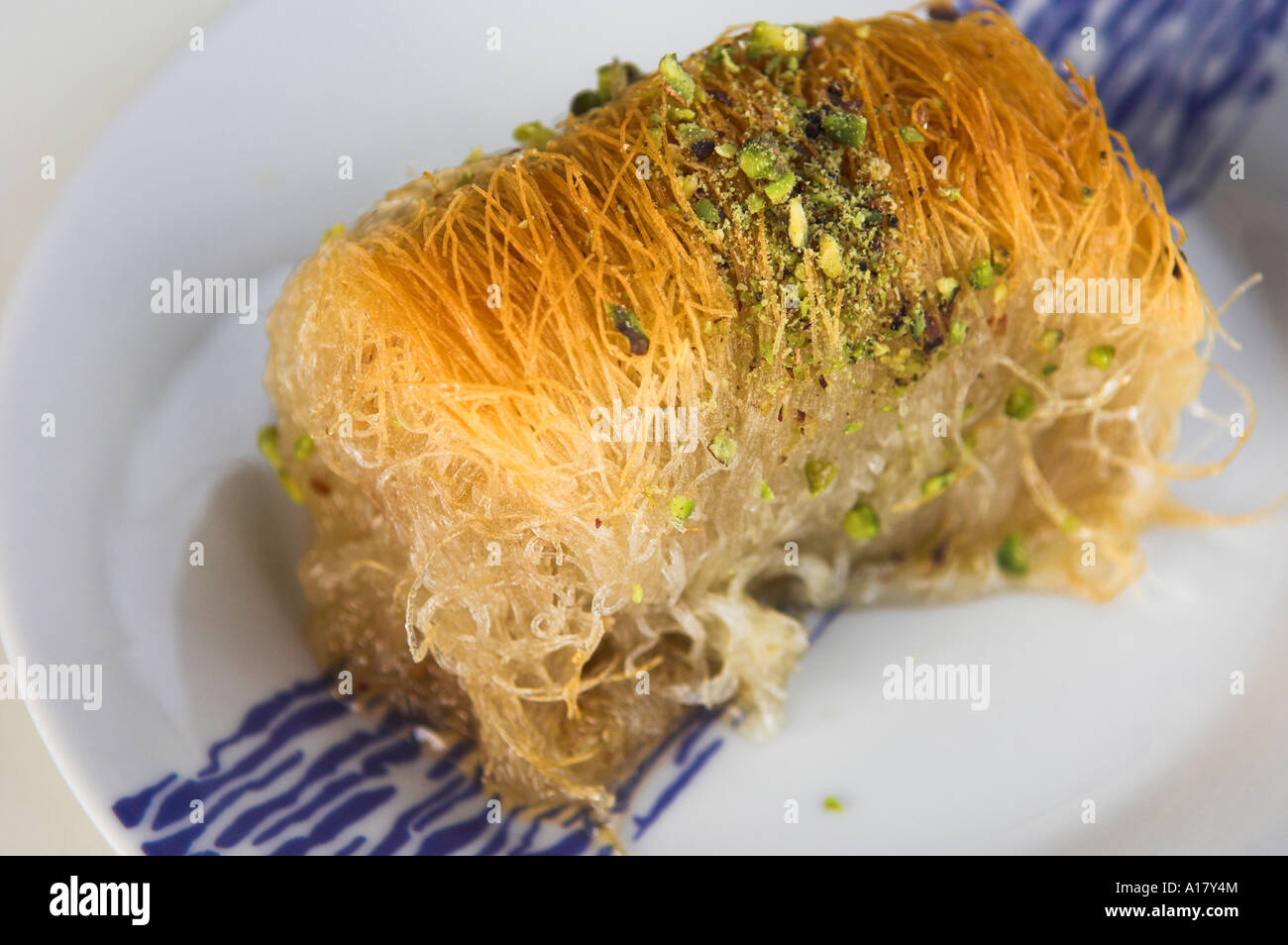Kadaif

Kadaif noodles are a type of thin turkish noodles.
Kadaif. Kadaif is a delicacy that is made of special thin noodles usually mixed with almonds pistachios hazelnuts or walnuts and always topped with sherbet syrup. These kadaif squares are even better the next day when the sugar syrup has fully soaked into the dough. They are made of flour and water that is poured through a sieve onto a hot metal cooking tray. Kadaif pastry is a roasted shredded pastry made from flour and water.
It is used in so many ways in the turkish cuisine. The dough will be crispy on top and soft and sticky in a good way at the bottom with the crunch of the walnuts in between. Form shredded phyllo dough or kataifi into cones shells or nests or layer it in traditional dishes like baklava for a unique texture. Tag kadaif često se pojavljuje u ovim kombinacijama.
Water enriched wheat flour wheat flour niacin iron thiamine mononitrate riboflavin folic acid modified food starch corn starch canola oil soy lecithin salt. They are used to make middle eastern desserts and other foods around the mediterranean sea. A good friend of mine came up with the idea to use thin noodles as a substitute and it s a great ac. ك نافة kʊˈnaːfa levantine also numerous alternative spellings is a traditional middle eastern dessert made with shredded filo pastry or alternatively fine semolina dough soaked in sweet sugar based syrup and typically layered with cheese or with other ingredients such as clotted cream or nuts depending on the region.
The cooking time is very short. Put a new twist on traditional phyllo. If you ve got a sweet tooth you ll love these. Kada je kadaif ispečen izvadimo ga iz rerne i ostavimo neka se malo ohladi otprilike 10 minuta agda je još topla i kutlačom za supu polako zaljevamo kadaif uzeti tri kutlače i ravnomjerno ih rasporediti po kolaču sve to raditi u tankom mlazu i polako da krajnji rezultat ne bi bio gnjecav.
Vesnabt recept ekmek kadaif. It is a popular turkish dessert like baklava and kanafeh. This link is to an external site that may or may not meet accessibility guidelines. Although the roots of this dessert come from palestine thanks to the turkish occupation it spread in the balkans and became one of the most favorite sweet treats.












